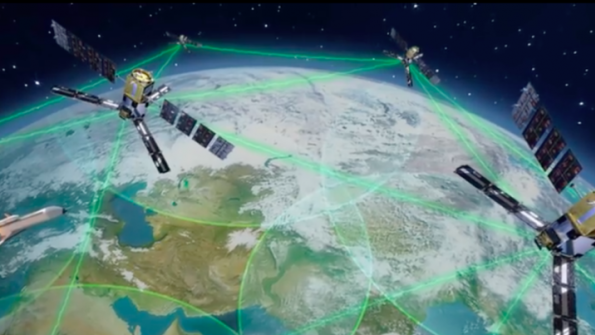
L3Harris will launch the design of a overhead persistent infrared (OPIR) sensor to track hypersonic missiles from medium Earth orbit (MEO) under a nearly $29 million contract awarded by U.S. Space Systems Command (SSC).
The one-year design effort could, if successful, lead to a follow-on contract to build three sensors and satellites for the SSC’s Resilient Missile Warning/Missile Tracking MEO Missile Track Custody (MW/MT MEO MTC) program.
The L3Harris sensor is being positioned to compete with two other potential suppliers that SSC previously selected for the same program: Millennium Space Systems (MSS) and Raytheon.
All three potential vendors are competing in the MW/MT MEO MTC program’s “Epoch 1,” the first increment in a series of three-year demonstrations with a scheduled launch date in 2026.
“Having another payload option opens the trade space and allows us to take advantage of all industry has to offer as we deliver high-quality capability to the warfighter,” said Col. Heather Bogstie, senior materiel leader of SSC’s Resilient Missile Warning, Tracking and Defense acquisition delta.
The MW/MT MEO MTC is adding a new and higher layer of missile warning and tracking for the Space Force. It complements the Space Development Agency’s emerging constellation in low Earth orbit of the Tracking Layer, which is being rolled out in a series of two-year tranches.
The MEO layer is expected at first to provide polar and regional coverage in Epoch 1, with follow-on “epochs” widening and improving sensor coverage and communications capabilities.
During Epoch 1. Raytheon is on contract to deliver three sensors and satellites and Millennium, a Boeing subsidiary, is on contract to supply another six. If the SSC exercises the optional follow-on for L3Harris, the total number of satellites in Epoch 1 would increase to 12.




